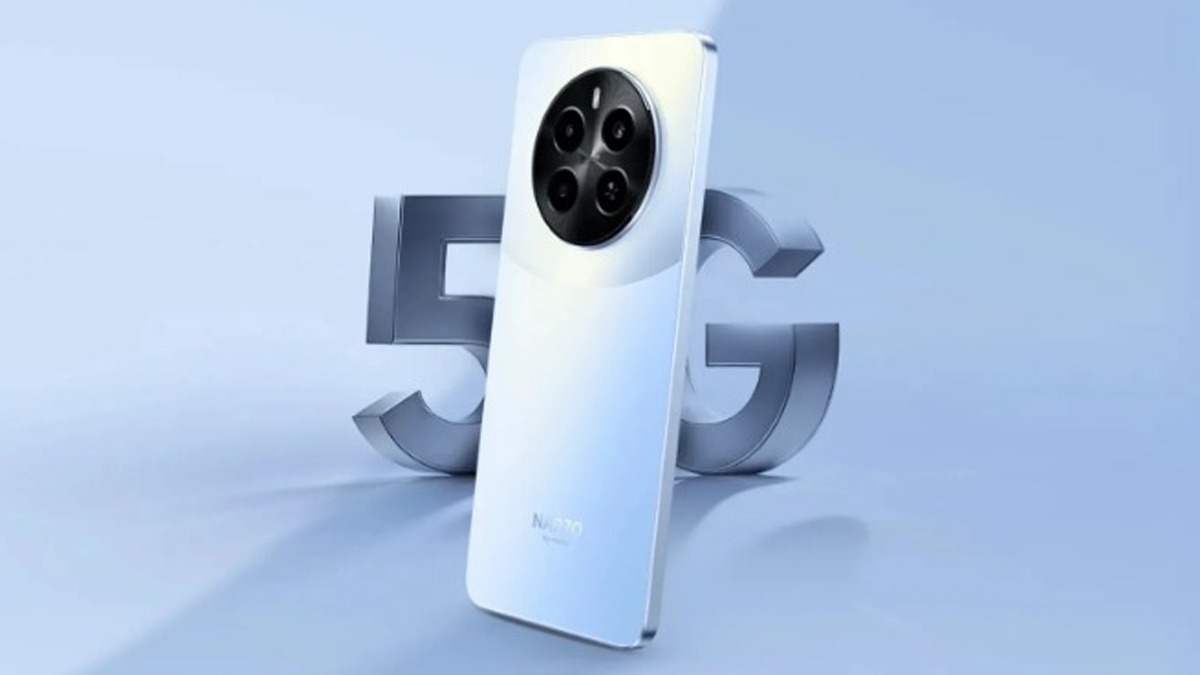Just In
- 33 min ago

- 2 hrs ago

- 2 hrs ago

- 3 hrs ago

Don't Miss
- Sports
 DC vs GT, IPL 2024: Was Prithvi Shaw Out? Fans Question Umpiring Level In IPL Following Controversial Catch
DC vs GT, IPL 2024: Was Prithvi Shaw Out? Fans Question Umpiring Level In IPL Following Controversial Catch - Finance
 DCB Bank Q4 Results: PAT Grew 9% To Rs 156 Cr, NII Jumps 4.5%; Dividend Declared
DCB Bank Q4 Results: PAT Grew 9% To Rs 156 Cr, NII Jumps 4.5%; Dividend Declared - Movies
 Yeh Rishta Kya Kehlata Hai New Cast Fees: Per-Episode Salaries Of Samridhii, Rohit & Others Revealed
Yeh Rishta Kya Kehlata Hai New Cast Fees: Per-Episode Salaries Of Samridhii, Rohit & Others Revealed - News
 INDIA Bloc's One Year-One PM Formula Will Destroy Country: PM Modi
INDIA Bloc's One Year-One PM Formula Will Destroy Country: PM Modi - Education
 MP Board Class 10th, 12th Results 2024, Know Alternative Ways to Check Your Result
MP Board Class 10th, 12th Results 2024, Know Alternative Ways to Check Your Result - Automobiles
 Aston Martin Vantage Launched In India At Rs 3.99 Crore
Aston Martin Vantage Launched In India At Rs 3.99 Crore - Travel
 Mumbai Opens BMC Headquarters For Exclusive Heritage Tour
Mumbai Opens BMC Headquarters For Exclusive Heritage Tour - Lifestyle
 Summer Style: 6 Must-Try Colors To Stay Fashionably Cool Like B-Town Divas!
Summer Style: 6 Must-Try Colors To Stay Fashionably Cool Like B-Town Divas!
First-ever image of a black hole released after decade-long endeavor
200 scientists worked for 10 years to get to this point.
In April 2017, astronomers leveraged a network of telescopes to chronicle the first-ever picture of a black hole, according to an announcement by scientists at the National Science Foundation. They have finally captured a supermassive black hole and its shadow lying at the center of a galaxy called as M87.

This marks as the first time that visual evidence has been provided to prove that black holes exist. The image shows a dark region in the center which is encapsulated by a ring of light that looks brighter on one side. The Messier 87 or M87 galaxy which is near the Virgo galaxy cluster 55 million light-years from Earth. The supermassive has a mass that is 6.5 billion times than our Sun.
"We have seen what we thought was unseeable," said Sheperd Doeleman, director of the Event Horizon Telescope Collaboration. "We have seen and taken a picture of a black hole."
More than 200 scientists took part in the project and it took more than a decade to capture this. The scientists merged the power of eight radio telescopes across the globe using Very-Long-Baseline-Interferometry. This process effectively creates a virtual telescope around the same size as the Earth itself.
"The observations were a coordinated dance in which we simultaneously pointed our telescopes in a carefully planned sequence," said Daniel Marrone, associate professor of astronomy at the University of Arizona. "To make sure these observations were truly simultaneous so that we could see the same wavefront of light as it landed on each telescope, we used extremely precise atomic clocks at each of the telescopes."
The telescope managed to gather 5,000 trillion bytes of data over two weeks, which was then processed using supercomputers so that the scientists could retrieve the images.
Black holes have a very high gravitational pull that sucks in everything that comes in its proximity including light. There's no way out once an object is sucked into the black hole. This is the reason black holes were impossible to see. Until now.
The data gathered from these black holes capture the radio signals emitted by the event horizon. The data is digitized and analyzed. Since all telescopes around the globe are synced up to a very precise clock, and the data can be correlated and merged together to produce an image of the event horizon.
-
99,999
-
1,29,999
-
69,999
-
41,999
-
64,999
-
99,999
-
29,999
-
63,999
-
39,999
-
1,56,900
-
79,900
-
1,39,900
-
1,29,900
-
65,900
-
1,56,900
-
1,30,990
-
76,990
-
16,499
-
30,700
-
12,999
-
11,999
-
16,026
-
14,248
-
14,466
-
26,634
-
18,800
-
62,425
-
1,15,909
-
93,635
-
75,804












































